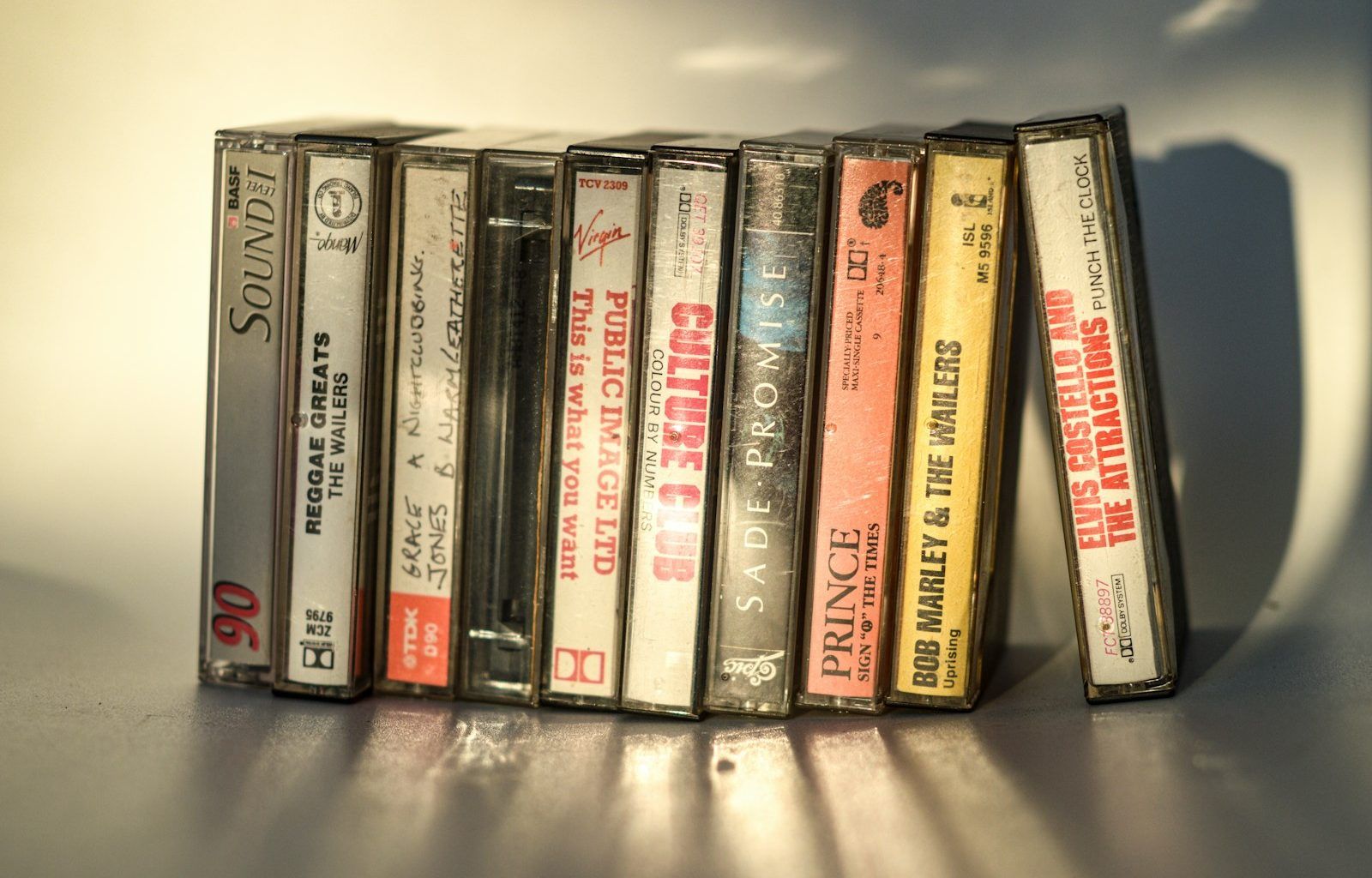Breaking into the music scene can feel like an uphill battle, especially if you don’t have the support of a record label. But here’s the good news: you don’t need a label to share your music with the world. Thanks to digital platforms, you can Upload your single on all digital stores without a label and start building your audience today. Let’s walk through the process step by step.
What Does “Without a Label” Mean?
When you release music without a label, you’re considered an independent artist. This means you have full control over your music, but you’re also responsible for managing every aspect of its release. While this might sound overwhelming, the tools available today make it much easier than it used to be. Plus, the independence allows you to retain ownership of your music and keep a bigger share of the profits.
Why Upload Your Single on Digital Stores?
Digital stores and streaming platforms like Spotify, Apple Music, and Amazon Music are where listeners discover new artists. By making your single available on these platforms, you increase your chances of reaching a global audience. You also open doors to monetization opportunities, fan engagement, and potential career growth.
Step 1: Prepare Your Single for Release
Before you start uploading, make sure your single is polished and ready. This includes high-quality production, mixing, and mastering. Listeners expect professional-sounding music, so investing in these steps is crucial. Even if you’re on a tight budget, there are affordable options for mastering that can elevate your track’s quality.
Create Cover Art
Your single’s cover art is often the first thing people notice. It should represent your music and grab attention. You don’t need a big budget to create stunning artwork—many independent artists use platforms like Canva or hire freelance designers.
Step 2: Choose a Digital Distributor
To upload your single on all digital stores without a label, you need a digital distributor. These services act as middlemen, getting your music on platforms like Spotify, Apple Music, Deezer, and more. Popular distributors include:
- Delivermytune
- TuneCore
- CD Baby
- Ditto Music
Research each distributor to find the one that fits your needs and budget. Some charge annual fees, while others take a percentage of your earnings.
Step 3: Register Your Song
Before uploading your single, register it to protect your rights and ensure you get paid for streams and sales. This includes:
- Copyright Registration: Protect your music legally by registering it with your country’s copyright office.
- Publishing Rights: Sign up with a Performing Rights Organization (PRO) like ASCAP or BMI to collect royalties when your song is played.
- ISRC Code: Your distributor will provide an International Standard Recording Code (ISRC), a unique identifier for your track.
Step 4: Upload Your Single
Once everything is ready, log in to your distributor’s platform and start the upload process. Here’s what you’ll need:
- Audio File: A high-quality WAV file of your single.
- Cover Art: Meet the specific size and format requirements of the distributor.
- Metadata: Include your song title, artist name, genre, and release date.
- Credits: Add information like producers, writers, and featured artists.
Step 5: Set a Release Date
Choosing the right release date is crucial. Give yourself at least four weeks to promote your single before it goes live. This time allows you to create buzz and pitch your song to playlists.
Step 6: Promote Your Single
Getting your single on digital stores is just the beginning. To make an impact, you need to promote it effectively. Use these strategies:
Platforms like Instagram, TikTok, and Twitter are great for connecting with fans. Share snippets of your song, behind-the-scenes content, and updates about your release. Engaging with your audience can create excitement and build a loyal fanbase.
Pitch to Playlists
Playlists are one of the most powerful tools for reaching new listeners. Most streaming platforms have editorial playlists, but don’t overlook user-curated playlists. Reach out to curators and share your music.
Collaborate with Influencers
Working with influencers who align with your music style can amplify your reach. Even a short video featuring your track can lead to thousands of new listeners.
Step 7: Monitor Your Performance
After your single is live, keep track of its performance using analytics tools provided by your distributor or platforms like Spotify for Artists. Understanding your audience’s behavior helps you plan future releases and promotions.
The Benefits of Staying Independent
Uploading your single on all digital stores without a label might seem daunting, but the benefits are worth it. You retain creative control, earn more from your music, and build a direct connection with your fans. Plus, you’re in charge of your career path, allowing you to grow at your own pace.
Final Thoughts
Taking the independent route to upload your single on digital stores is an empowering journey. While it requires effort and persistence, the tools and resources available today make it achievable for any artist. By following the steps above, you’ll be well on your way to sharing your music with the world—no label needed.
Related Articles:
For further reading, explore these related articles:
For additional resources on music marketing and distribution, visit DMT RECORDS PRIVATE LIMITED.






